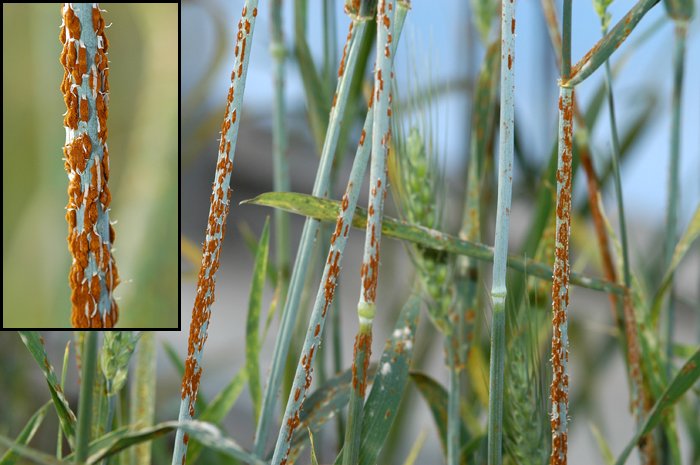The initiative aims to strengthen national partnership capacity in Ethiopia, Kenya, Tanzania and Zambia in East Africa and Bangladesh, Bhutan, Nepal and Pakistan,
One of the world’s largest crop pathogen surveillance systems is set to expand capacity to protect wheat yields in food-vulnerable areas of East Africa and South Asia.
The Wheat Disease Early Warning Advisory System (Wheat DEWAS) – which expands the existing surveillance system – is funded through a $7.3 million grant from the Bill & Melinda Gates Foundation and the Office of Water in addition, the UK Commonwealth and Development Council aims to increase crop resilience to wheat disease.
The initiative aims to strengthen national partnership capacity in Ethiopia, Kenya, Tanzania and Zambia in East Africa and Bangladesh, Bhutan, Nepal and Pakistan, building on more than a decade of national capacity building programs on wheat through the Borlaug Global Rust Initiative, focused on strengthening human capacity in pathogen surveillance, diagnostics, modeling, data management, early warning assessment and open science publishing.
The research team will develop and deliver advanced training in target countries in the areas of diagnostics, pathogen surveillance, epidemiological modeling, etc., with a focus on supporting women and scientist just starting his career.
Previous long-term investments in monitoring, modeling and diagnosis of wheat rust pathogens have built one of the largest operational global surveillance systems for all plant diseases plant. The DEWAS Wheat System seeks to build on that foundation to create a scalable, integrated and sustainable solution that provides local agencies with insights into emerging wheat diseases and migratory disease.
This system focuses on responding to and preventing the two main fungal pathogens in wheat, rust and rice blast. Rust, named for its rust-like appearance on infected plants, is highly variable and can drastically reduce crop yields. This fungus releases trillions of spores that can carry on wind currents across national and continental borders, and spread devastating disease quickly over vast areas.
Wheat blast disease, caused by the fungus Magnaporthe oryzae Triticum , is a growing threat to wheat production, after being detected in both Bangladesh and Zambia. The fungus Magnaporthe oryzae Triticum is spread over short distances and through sowing infected seeds. Seeds of infected plants will shrivel within a week of the first symptoms, leaving farmers little time to take preventative action. Most wheat grown in the world has limited resistance to blast disease. Discoveries made in the Wheat DEWAS system could provide essential infrastructure, data collection and analysis methods to support interventions that can be applied to other crops

